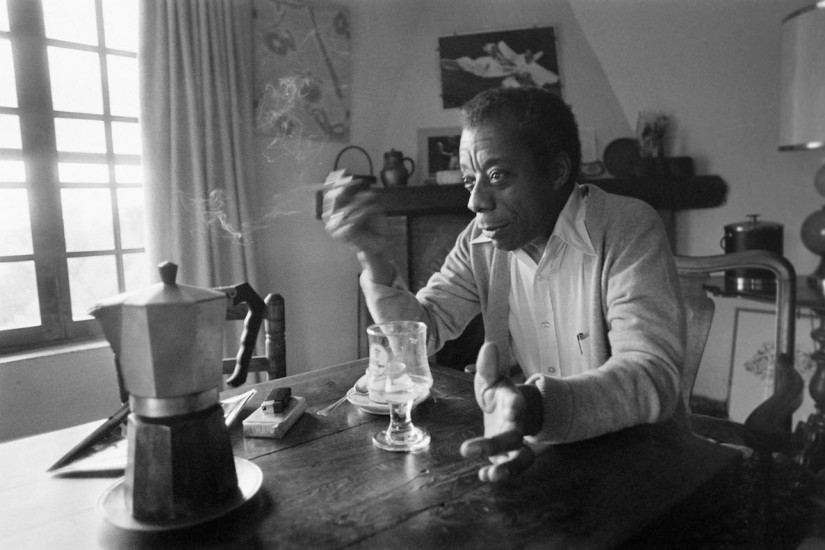James Baldwin died on November 30, 1987, at his home in Saint Paul de Vence, a small village on the French Riviera that, since medieval times, had walled itself around a hilltop church and castle to ward off the marauding armies of Europe’s kings and queens, marching across the Alpes Maritimes Mountains to the Mediterranean Sea. Over time, the hill’s battlements and ramparts were covered with flowers, vines, and olive trees, and it is there, amid the narrow cobblestone streets, ancient crumbling walls, and tolling church bells, where Baldwin in his dying days, wracked with stomach cancer, seemingly no longer America’s race prophet, came to be with friends and family, in a final exile from the country of his birth, “the gaudiest, most valuable, and most improbable water wheel the world has ever seen.”
Baldwin spent a lifetime preaching that he “did not doubt for an instant, and [would] go to his grave believing that we can build Jerusalem, if we will.” And, while Ronald Reagan’s 1980 election may have led him to realize that he had not fully grasped “the reality, the depth, and the persistence of the delusion of white supremacy in this country,” Baldwin had never stopped trying to find—to write—a road to Jerusalem. His younger brother David, who had flown from New York to help care for him, recalled years later that toward the end Baldwin grew so frail that David had to carry him, cradled in his arms as small as a child, from the first floor bedroom to a large table in the dining room where, too weak to eat, Baldwin kept writing even when “his vision would not convert into splendid sentences in the way that it used to.” And David remembered that in one of their final conversations, when asked why he kept writing, Baldwin, who always saw “spinning above the thoughtless American head the shape of the wrath to come,” answered that when everything one day came to ruin, he hoped that the next generations digging in the rubble would find something of his work buried in the wreckage and use it to start over again.
Baldwin’s writing was at once apocalyptic and redemptive, and this image of things crumbling to rubble and digging through the ruins to start over again was a recurring theme in his work; a hard-earned leitmotif of his view of the human condition in general and the African American experience in particular. “I think I know how many times one has to start again, and how often one feels that one cannot start again,” Baldwin once wrote, but “one can never remain where one is” because we owe it to ourselves and to each other to “bear witness” for generations both past and yet to come.
